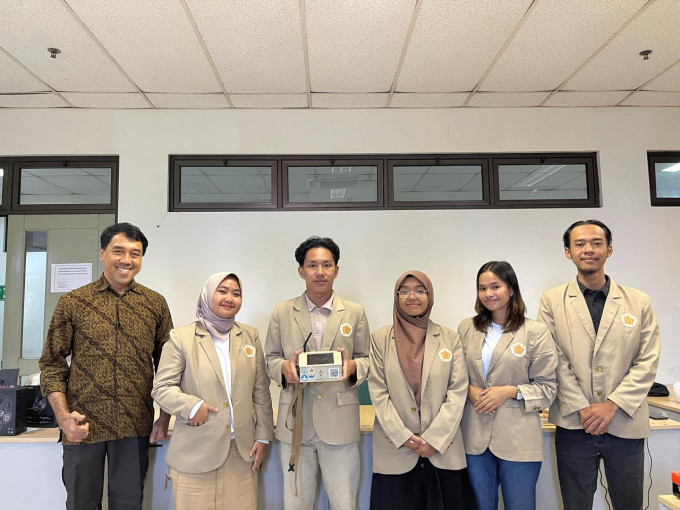
The rich cultural heritage of Yogyakarta (DIY) extends beyond its arts and traditions, encompassing significant trees with historical and philosophical importance tied to local customs.
However, public awareness of these culturally significant trees is limited, partly due to the lack of information available. In addition to cultural trees, several rare tree species in Yogyakarta have been prioritized for conservation at the provincial level.
To address these challenges, a team from UGM’s Student Creativity Program in Innovative Work (PKM-KI) has developed the Integrated System of Tree Information (ISTI) tool that detects tree disturbances using sound and vibration sensors.
The development of ISTI was funded by the Directorate of Learning and Student Affairs (Belmawa) of the Ministry of Education and Culture.
The team is composed of three students from the Faculty of Forestry and two from the Faculty of Engineering. It is led by Safiera Anindya Syaafiyana from the Forestry program, with members Muhammad Hisyam (Electrical Engineering), Perwira Akhdan Zumarsyah (Information Technology), Septia Maharani Sinaga (Forestry), and Zaini Silvia Aryani (Forestry).
Syaafiyana explained that the tool integrates software and hardware to serve as an information medium for cultural and rare trees in Yogyakarta.
The team also developed a website that is accessible at (http://app.isti.online) containing articles, distribution maps, and details about cultural and rare trees like the Mentaok and Sawo Kecik.
“Location points also complement the distribution of tree species on a digital map,” Syaafiyana said in a statement to reporters on Thursday (Aug. 22).
The tool can also remotely monitor these culturally significant and rare trees. It functions as a detector for illegal logging and can identify disturbances to the trees using sound and vibration sensors.
Additionally, the detector sends signals to nearby residents if a tree is cut down or dies, and the website provides real-time updates.
“Our team worked cohesively, and every member contributed their expertise based on their respective academic backgrounds,” Syaafiyana noted.
A team member, Muhammad Hisyam, hopes this innovation will significantly benefit environmental and cultural conservation efforts in Yogyakarta.
“Early detection can help prevent illegal logging, making conservation efforts for these valuable trees more effective,” he emphasized.
Hisyam added that the development of ISTI’s information platform on the website is expected to become a vital reference for the public and researchers interested in Yogyakarta’s biological and cultural wealth.
Author: Bolivia
Editor: Gusti Grehenson

